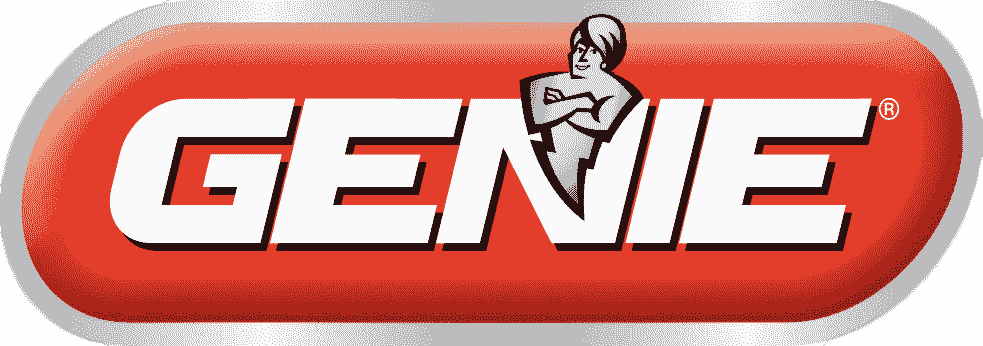Ever wondered why garage door springs are colored differently? Understanding these colors can save you time and hassle when it comes to repairs or replacements. This article will guide you through the world of garage door springs, explaining the significance of their color codes. You’ll learn about the different types of springs, what each color means, and how to use this knowledge to your advantage. Let’s get to it!
Types of Garage Door Springs
Garage doors utilize two primary types of springs: torsion and extension, which are essential for their seamless opening and closing. Understanding how can garage door springs kill you is critical for their functionality, as each spring type has a unique role but operates distinctly. It’s important to note that mishandling these springs, especially without proper knowledge or tools, can be extremely dangerous. The high tension they are under can lead to serious injuries or even fatalities if they were to suddenly release or snap. Therefore, while learning about their tensioning process, one should always prioritize safety and consider professional assistance if unsure.
Torsion Springs
Torsion springs are mounted above the garage door opening. They use torque to lift the door. When the door is closed, the springs are wound tightly. This stored energy helps to lift the door when it’s opened. Torsion springs are known for their efficiency and durability. They are designed to last for many years, making them a popular choice for homeowners. The mechanism behind torsion springs is fascinating.
As the door lowers, the springs wind up, storing mechanical energy. Then, as the door opens, the springs unwind, releasing that energy and helping to lift the door. This process reduces the effort needed to operate the door, making torsion springs an integral part of the garage door system.
Extension Springs
Extension springs are located on either side of the door, running parallel to the tracks. They stretch and contract to open and close the door. These springs balance the door, making it easy to lift by hand or with an automatic opener. Extension springs are suited for lighter doors and offer a cost-effective solution for many homes.
Unlike torsion springs, extension springs expand and contract, providing the necessary force to assist in opening the garage door. This type of spring is typically used in residential garage doors due to its simplicity and effectiveness in balancing the door’s weight.
Garage Door Torsion Springs Color Code
The color code on torsion springs plays a pivotal role in identifying their lifting capacity, which is essential for choosing the appropriate spring for your garage door’s weight. Adhering to this coding system is critical for safety reasons, as selecting springs that are not compatible with your door can result in premature wear, potential damage, or even severe injury. It is crucial to handle garage door springs with care, as improper handling during installation, adjustment, or repair can be extremely dangerous. The sudden release of tension might cause the spring to snap with significant force, posing a serious risk of injury or even fatality.
Similarly, understanding the setup and maintenance of an extension spring on a garage door is vital. These springs balance the door’s weight as it opens and closes, and like torsion springs, they have specific requirements and safety considerations. The extension spring system also uses a color-coding scheme to indicate its strength and suitability for different door sizes and weights. Ensuring the correct extension spring is installed, and properly maintained is key to the safe and efficient operation of your garage door.
Understanding the importance of the color code on torsion springs and the specifics of extension springs is not just about ensuring the correct selection; it’s about safeguarding the safety and extending the lifespan of your garage door system. By learning how to tension a garage door spring correctly, you can prevent accidents that could be potentially fatal. This knowledge is indispensable for maintaining the operational integrity and safety of your garage door system.
Torsion Spring Coding Table
This table breaks down the color codes and their corresponding weight capacities. It’s a handy reference for selecting the correct spring for your garage door, ensuring it operates smoothly and safely. The table includes colors such as red, blue, yellow, and white, each associated with different weight capacities. Understanding this table is essential for anyone looking to replace or upgrade their garage door springs.
Garage Door Extension Springs Color Code
Like torsion springs, extension springs also have a color code system. This coding helps to match the spring to the door’s weight, ensuring balanced and efficient operation. The color code for extension springs simplifies the process of finding the right spring, reducing the risk of damage or wear from using an incorrect size.
Extension Spring Coding Table
This table lists the colors and their weight capacities for extension springs. Using the correct springs is vital for the safety and longevity of your garage door system. The table will help you understand which spring is needed for your specific garage door, based on its weight and size.
Conclusion
Understanding the color codes of garage door springs can make maintenance and replacement tasks much simpler. By knowing what each color represents, you can ensure your garage door operates efficiently and safely. Remember, choosing the right spring is key to a well-functioning garage door. With this knowledge, you can confidently handle spring-related issues and ensure your garage door continues to serve you well. Whether you’re a DIY enthusiast or prefer to leave it to the professionals, being informed about your garage door’s springs is invaluable.







